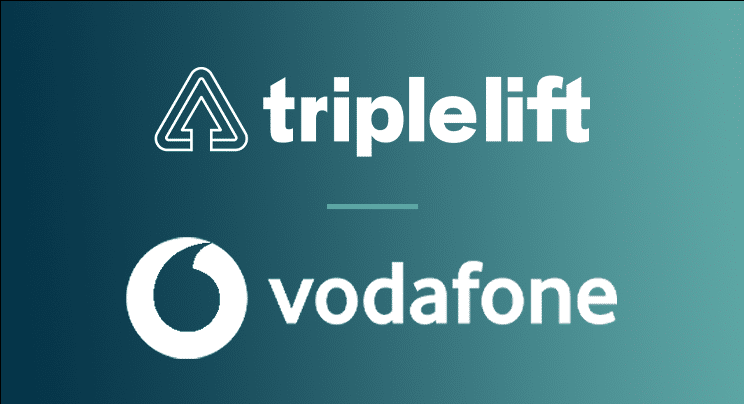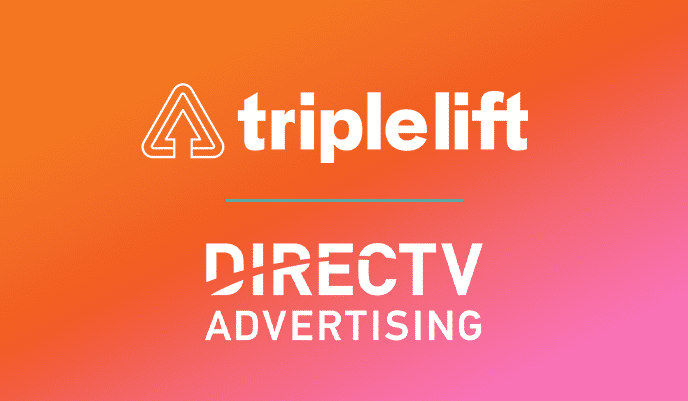The New Age of Data: Adapting to the Ever-Changing Addressability Shift in Programmatic Advertising
As the advertising landscape continues to evolve, marketers will face increasing operational pressure as they navigate new solutions to reach their intended audiences. There is no more critical time to adjust than now. So, how prepared are marketers to tackle this challenge? This is what we sought to find out.
Access to ubiquitous consumer data, enabled by third-party cookies, was a foundational element of the programmatic ecosystem. It’s part of what made programmatic a more efficient, scalable, and measurable way to advertise. However, in the last few years, the shadow side of ubiquitous data has been exposed as addressability has declined, while consumer, government, and industry attitudes have shifted to focus more on privacy.
Ubiquitous data has led to “made for advertising” (MFA) websites that feature high ad loads and poor user experience, with ad revenues driven by data captured from premium publishers using third-party cookies. The rollout of GDPR in 2018 began a legislation trend around the globe that brought consumer privacy to the forefront. The United States federal government is seriously considering a new consumer privacy law while the Federal Trade Commission (FTC) has recently increased the frequency of notices and reminders about existing privacy policies regarding the use of consumer data in advertising.
Large consumer technology platforms have seized the opportunity and have made privacy a cornerstone feature in their products and their marketing. Apple implemented App Tracking Transparency (ATT) to reduce in-app tracking on iOS devices, fully removed third-party cookies in the Safari browser, and most recently worked to remove as many fingerprinting (aka probabilistic) identity surfaces as possible without breaking the web.
With Google’s most recent announcement, the years-long journey to deprecate third-party cookies in Google Chrome has ended. However, third-party cookie volume will likely decline as Chrome users will be given more choice and control over how cookies are used.
Despite the market pressures and challenges, innovative more durable solutions that include advanced machine learning and AI have enabled new targeting and measurement capabilities that don’t rely on tracking people across the internet to understand their interests and intent.





